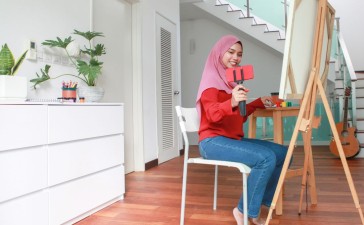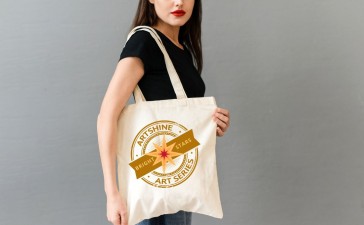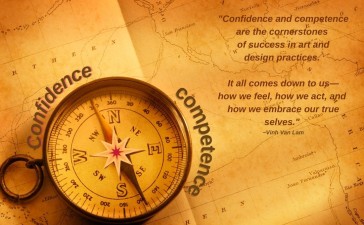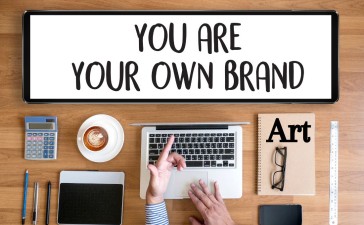In the past, hopping onto social media, watching TV and movies, and consuming other online content often consisted of seeing tall and slim models staring back at us. Even in advertising, the only time you would see models who strayed from the average size range is when a brand would be promoting a weight loss product. In movies, you would likely see them as the character that provided comical relief and not the main character.
Now, however, times are changing. More and more people are becoming increasingly aware of the effect media has on body positivity and are starting to fight back against what has been considered “socially acceptable” for the longest time. This has prompted many industries to change their ways and look towards a more body-positive future.
The Effect of Fashion on Body Image
The media’s portrayal of both male and female bodies has become a point of discussion and debate over the recent years. Studies show that both men and women compare their own bodies to what they see on different forms of media, whether it’s traditional media or social media sites. In fact, among the participants of this study, 37% of men and 50% of women see these models, actors, and other public figures in different media and compare their bodies in a negative light.
The same goes for fashion. For the longest time, the lack of diversity in the industry has influenced society. Slim figures, hourglass body shape, muscles, abs- these traits made up the fashion industry years back. While there are brands slowly introducing more body sizes and races, among other traits, these “socially accepted” standards continue to exist to this day.
At the time, fashion was more about your body rather than your clothes, by showing off a flat stomach, having tight pants hug your waist, or wearing tight-fit clothing that accentuates your muscles. In other words, unless you were the same size as the models you see on the runway, you were out of the loop.
With all these brands drilling these values into our brains, embracing your body when it wasn’t like what you saw on TV was near, if not completely impossible. To make things worse, standard sizing systems don’t exist and tend to differ between brands. This makes them inaccurate, unreliable, and difficult for shoppers to estimate their size. There are various reasons for this, from the origin of sizing to the business aspect of manufacturing clothing.
Shifting to Body Positivity
Fortunately, conversations of body positivity and inclusivity have opened, allowing people to turn the tide and change the definition of a socially accepted body standard. Social media has become a catalyst for change, helping body-positive advocates start the conversation and educate those who may not be aware of the issues at hand and how it affects people of different sizes, shapes, physical abilities, races, and even cultures.
The rise of topics like this on social media, accompanied by movements that celebrate different ethnic groups and different sizes, has influenced more people to learn to appreciate their bodies. It also taught them not to be held back by what they see in the media. In addition to this, more people are starting to see the previously deemed “socially acceptable” body as an inauthentic sense of self, influencing brands to take their efforts to the next level to accommodate the ever-changing needs of consumers.
Positive Representation in the Fashion Industry
From denim wear for ladies to formal wear for men, more brands extend their sizes to cater to plus-sized bodies or create a line that accommodates customers with different body types. This even includes mainstream designer brands such as H&M, Diane von Furstenberg, Vero Moda, and ASOS, among other brands. And while separating plus-size clothing from regular clothing is an issue in itself, it’s a step in the right direction towards body positivity and inclusivity for all.
Not only do we see these changes in stores, but we’re also seeing more fashion magazines and campaigns featuring models or celebrities of different sizes, skin colours, and even physical ability. Some examples include Gucci’s mascara campaign featuring Ellie Goldstein, Sports Illustrated’s 2016 cover featuring Ashley Graham, and British Vogue’s 2018 cover featuring Paloma Elsesser.
While we’re still far from achieving a truly inclusive society, where women and men are free to wear what makes them comfortable and what makes them happy, we’re seeing many brands taking the necessary steps to drive this movement forward. However, this is just the beginning. Even slow progress is progress, and with more support and accountability from the people who drive the fashion industry, a world where all bodies are treated equally may not be as far off as we think.




